Applications that require micron or sub-micron level positioning with extremely smooth motion and control often call for a direct drive system — linear motor, piezo motor, or voice coil actuator. Linear motor stages are typically used when high forces are needed over stroke lengths greater than a few hundred millimeters. But for high-precision applications with strokes ranging from fractions of a micron to a few hundred millimeters, and where a very small form factor is required, piezo motors and voice coil actuators are most often the best options.
Ball screws — when properly applied and used with a suitable linear encoder — can position down to a few microns, and even down to the nanometer level in well-controlled environments. But with recirculating balls that create pulsations as they enter and exit the load zone, ball screws lack the smoothness of motion often required in micron and sub-micron positioning applications.
Piezo motor stages: Sub-micron positioning with good holding forces
Where other direct drive technologies rely on electromagnetism to produce motion, piezo actuators work on the inverse piezoelectric effect, in which an applied voltage induces strain in a piezoceramic material, causing it to change shape (expand or contract).
A piezo motor combines a piezo actuator with mechanical amplification, such as a flexure or inertia drive, to generate longer strokes. Complete piezo stages also incorporate a linear guide system — typically crossed roller guides — to support the load. The result is a very small device that can produce strokes up to a few hundred microns, with minimum incremental motion (the smallest move the system can make) down to a few hundred nanometers. Speed and force depend on the piezo technology used — with ultrasonic piezo motors, piezo inertia motors, and piezo stepper motors being the most common types in piezo stages.
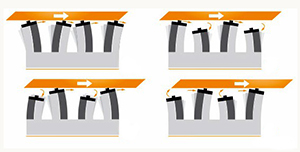
Image credit: MICROMO
Stages using piezo stepper motor technology can produce forces in the 10 N range, but at speeds of around 10 mm/s. Their strength lies in extremely small motions, with minimum incremental motion (MIM) capabilities in the single-nanometer range, over long stroke lengths. On the other hand, stages using ultrasonic piezo motors can typically produce minimum incremental motions of a few hundred nanometers over strokes up to about 50 mm. But they have the highest speed capabilities, at around 200 mm/s, with force production of a few newtons. Stages using piezo inertia motors have performance characteristics (minimum incremental motion, speed, and force) similar to those using piezo stepper motors, but in a more compact footprint — and typically at lower cost.
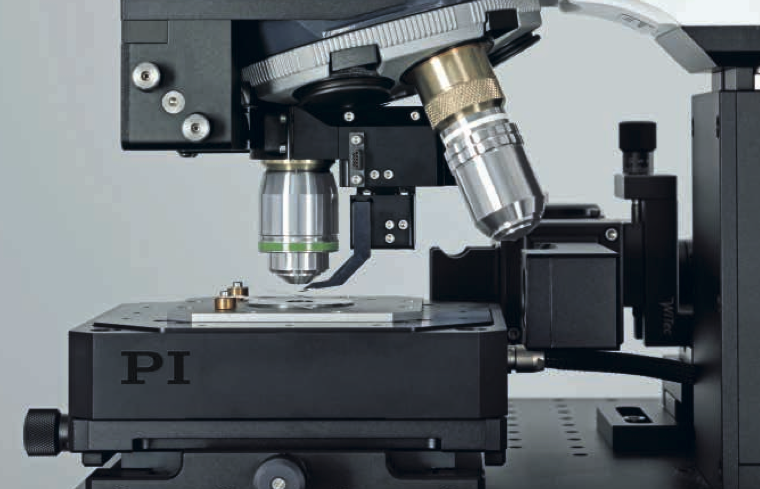
Image credit: PI
One of the strengths of piezo motor stages over other direct drive technologies is that they can produce high holding forces when powered off, which eliminates heat generation when a load is being held in place. Piezo-driven systems also have a very high force-to-size ratio.
Voice coil actuators: Longer strokes and higher forces
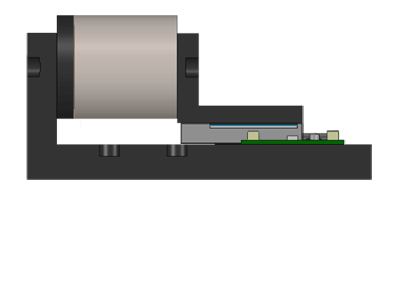
Image credit: Moticont
Voice coil actuators incorporate a voice coil motor with a low-friction guide system, such as a crossed roller guide, linear shaft, or air bearing. The voice coil motor that drives the actuator operates on the principle of the Lorentz Force — that is, when current is applied to a coil in a magnetic field, a force is produced. This force is perpendicular to the direction of the current and of the magnetic field and causes the moving part of the actuator (either the magnet or the coil) to travel linearly.
Because the force and travel are directly proportional to the applied current, voice coil actuators have excellent force and position control, and they have very low hysteresis, so positioning repeatability is excellent. Voice coil actuators can also produce continuous forces up to several hundred newtons.
While they’re commonly used for applications that require micron and sub-micron positioning — minimum incremental motion is typically around 100 μm — total stroke lengths for voice coil actuators can be up to hundreds of millimeters. However, voice coil actuators require current to hold a load at standstill, and they generate more heat than piezo motors do during operation, so thermal management must be considered.

Image credit: PI
As direct drive mechanisms, both piezo and voice coil technologies benefit from very low friction, low moving mass, and very low inertia, allowing them to achieve very small, precise moves with high acceleration and deceleration rates.

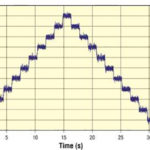

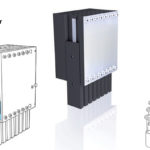
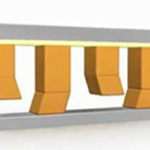
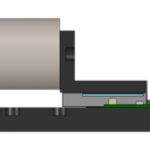

Leave a Reply
You must be logged in to post a comment.